Most of us do not enjoy conflict. Some of us try to avoid it entirely and others try to pretend it doesn’t exist. Some will address it aggressively while others attempt to figure out a way to address it without causing more conflict. If we facilitate groups long enough, there will be conflict and it’s essential for us to figure out a way to manage that conflict as productively and positively as possible. One of the most dangerous forms of conflict comes when it’s “underlying conflict.” Everyone knows it’s there but no one has been able to figure out a way to address it (or been willing to try). And when we let this underlying conflict continue, it will have an impact on our team’s ability to work together well. While there is no “easy” answer to this, there are a few things we can do to try to address this underlying conflict for the sake of our team and our collective goals. Join me this week as I provide 3 recommendations on ways to address underlying conflict in your team or workgroup.
- Acknowledge it. One of the most important things you can do as a facilitator is to acknowledge the “elephant in the room.” You may not fully understand why it is happening but you can definitely see it on people’s faces and their defensive responses to certain questions or the people asking those questions. The conflict may be between just a few of your group members or it may be related to different perspectives on how to move forward on a project, intervention or addressing a barrier. As a facilitator, you can acknowledge generally that there seems to be some tension related to this topic or a difference of opinion in the best way to proceed.
- Try to understand it. If the conflict is between just a few of the group members, it’s best to schedule time after the meeting to discuss what may be happening. I recommend meeting with the group members separately in order to gain perspective. Also, if possible, bring another neutral colleague with you to this meeting. When there is conflict, particularly underlying and unresolved conflict, having another person to listen and try to understand is important in order to move toward resolution. If the conflict is related to perspectives on how to move forward with a project, it may be possible to discuss the different perspectives during the meeting (allowing each person to provide their suggestions without interruptions).
- Resolve it. Work with the people involved to see if it’s possible to come to a resolution. This doesn’t mean that everyone has to agree but there is an opportunity for everyone to respectfully be heard. Ask those involved how they want to proceed and what would help them be able to resolve the conflict. If it relates to decision-making and differences of opinions, once everyone has had an opportunity to provide their perspective, it’s usually good to take some time to reflect and consider the perspectives before making a decision. Encourage participants to consider the options and be willing to make their recommendations at the next meeting or through an electronic survey. An anonymous electronic survey can be a very helpful approach when team members would feel safer providing their perspective if no one knows it is them. Sometimes, it’s not possible to resolve the conflict and the best thing is for team members to move to different teams or other situations. As a facilitator, it is not your job to make everyone happy or make them to all get along – as nice as that would be! :). It IS your job to keep the group moving forward in the most positive, productive and effective way possible in order to meet the group’s common goals.
So what about you? What have you found successful in addressing underlying conflict when facilitating groups?
If you missed the Facebook Live on this blog, check it out here!
If you or someone you know would like to stay up-to-date on my weekly blog posts, subscribe today!
Photo by Richard Lee on Unsplash

